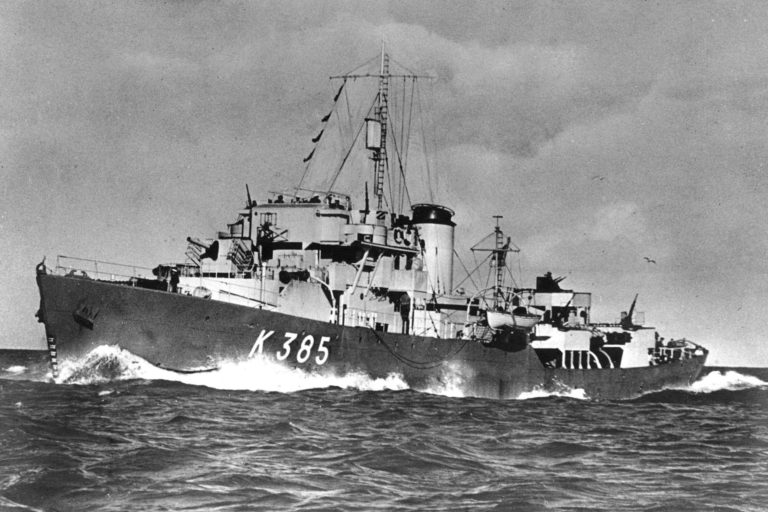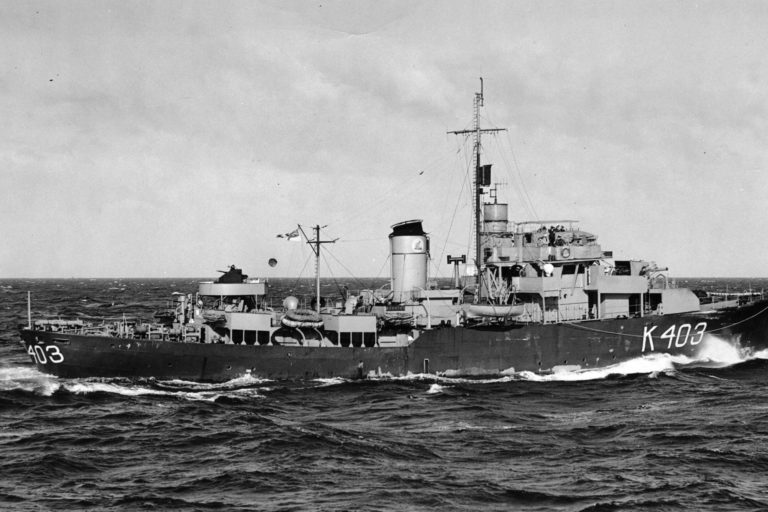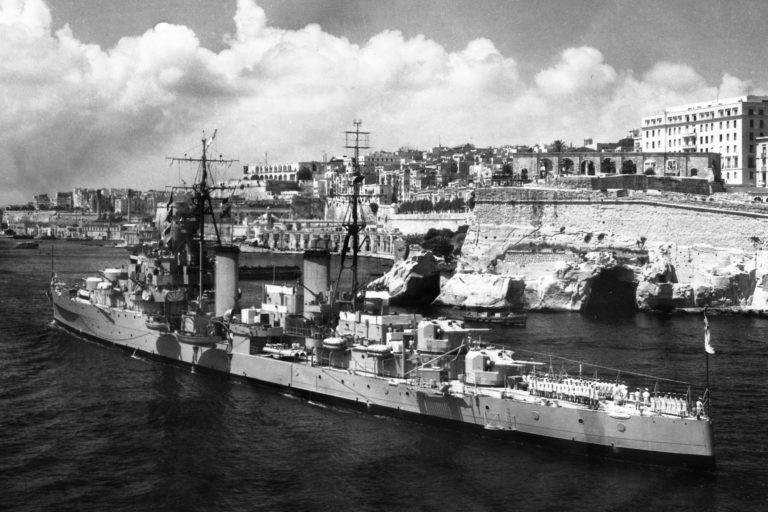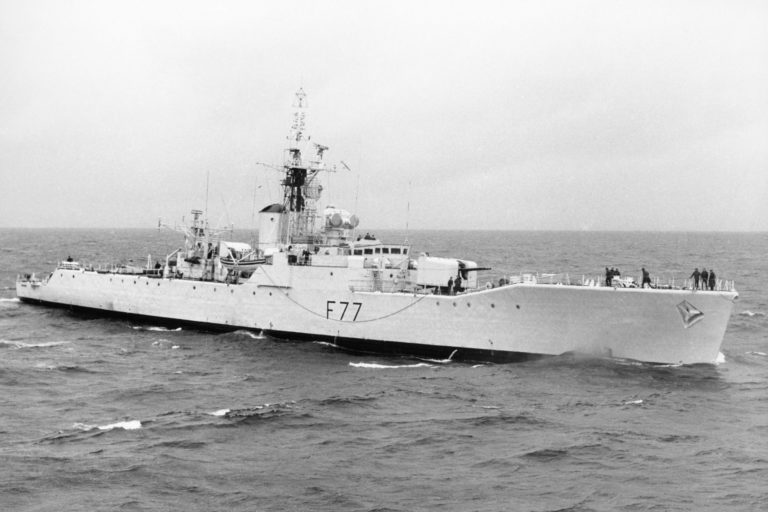The Vietnam War ran from the early 1960s until 1975. From 1964-1973, New Zealanders were deployed into South Vietnam, with a combat force in action from 1965 – 1971. In addition to the Army units, a joint service New Zealand Services’ Medical Team was deployed to provide civilian aid as a Military Public Health Programme to the town of Bong Son in Binh Dinh province from May 1967 – December 1971.
New Zealand Defence Force personnel were based in Vietnam from June 1964 to December 1972. At the peak of New Zealand’s involvement, 543 service people were there. A total of 3890 served, with 37 killed and 187 wounded. All those who served were regulars or had enlisted in the Regular Force to join V force, or New Zealand’s army contingent in the US-led coalition. New Zealanders served in several different locations in what was then known as South Vietnam.
The Vietnam War (or the ‘American War’ as the Vietnamese now refer to it) ran from the early 1960s until 1975. From 1964-1973, New Zealanders were deployed into South Vietnam, with a combat force in action from 1965 – 1971.
The first medical team to deploy consisted of three medical officers, eight medics, a laboratory technician and two administrative staff – it was commanded by SURG LTCDR A Green RNZN. Under the provisions of the Geneva Convention the Team were armed, for self-defense and the protection of their patients.
At first, they were based in the Bong Son dispensary, but they soon increased their working area by erecting marquee tents in the dispensary grounds. Their working conditions were described as ‘primitive’, with a ‘shocking lack of hygiene.’ The Team’s living quarters were in a crowded barracks building with the US Army Advisory Team, about two miles away.
There was considerable enemy activity in Binh Dinh province, which was a rich rice growing area and so the regional Viet Cong, bolstered by North Vietnamese regulars, made intensive efforts to take harvested rice. The province was in the II Corps tactical area and the VC sought to intimidate the local population with frequent attacks, blowing up buses and setting ambushes. Thus, gunshot wounds and fragment wounds were common amongst the civilians brought to the Kiwi team.
But as well as war wounds – many from American fire – diseases were endemic, including bubonic plague and typhoid. Traffic accidents also caused many orthopedic injuries – a large part of the Team’s work overall.
The team rotated approximately annually – overall there were 98 personnel involved over the 4½ years of the Team’s deployment: 47 from the NZ Army, 27 from the RNZAF and 24 from the Navy. Tom Neve, then a Medical Petty Officer, points out that “the bulk of the junior servicemen were naval medics, the other Services sending mainly Sergeants and above. But before I left the balance had been somewhat redressed by having a few MPOs on board. However, our junior ratings acquitted themselves well, especially with surgical procedures.”
In June 1969 the Team took charge of the Bong Son Impact Hospital, a new 100 bed hospital in the grounds of the old dispensary. The team also moved to a house in the hospital grounds, which they named the Gordon Watt House to remember SGT G S Watt RNZAF of the team who was killed in March 1970 by a mine when visiting the (now demolished) Tam Quan Cathedral. During the Team’s period in Vietnam there was no direct attack on the hospital, but once a ‘stray’ mortar bomb fell in the grounds. One of the Kiwi medics was wounded during an attack on a convoy.
MPO Barry Nash recalls: ‘After volunteering for duty with the NZ Services Medical Team, it was decided that I would train as an X-Ray technician which was one of the areas Navy medics had been working in at the Bong Son Hospital. Slim Shannon and I travelled to Vietnam together – given Acting (later, Temporary) MPO rank. On arrival we were advised that the hospital required a store man/driver and the other to do anaesthetics. Fortunately, a Navy mate (MPO Tom Maguire) suggested that I should do anaesthetics, and from there I started a steep learning curve from a GP Anaesthetist, SQN LDR Max Pearl (an RNZAF Territorial) who was due to return to NZ. For the remainder of my tour I worked in the operating theatre, initially with Tom Maguire and from November 1970 with MCPO Alby Robertson. Both of these highly experienced medics assisted during surgery and at times performed surgery (often major) if a surgeon was unavailable.’
Overall, the Team is estimated to have treated 46,000 outpatients each year – some 200,000 overall – while throughout the 2½ years that they ran the hospital the average ‘bed state’ was 92. While running the hospital the team also trained Vietnamese orderlies and nurses, with a Vietnamese doctor working alongside the team full time. This training role enabled the hospital to be handed over the Vietnamese when the team was withdrawn in December 1971.
In February 1972 a Second NZ Army Training Team was set up at Dong Ba Thin, near Cam Ranh Bay, to assist with training Cambodian troops. The 18-strong team included at least two medics; there was one rotation (i.e. 33 personnel deployed in total) and three Navy medics, MCPO C Cameron, MPO JN Luce and LMA WG Clark, were part of this contribution.
All former Navy Vietnam veterans are encouraged to register with VANZ in order to be eligible for appropriate health care and pensions. The War Pensions Act and the Vietnam veterans MOU is applicable to all Vietnam veterans.
Bong Son
The 1st New Zealand Services Medical Team was based at Bong Son in Binh Dinh province from April 1967 until December 1971. It treated civilian casualties of war and accident cases and helped train Vietnamese nursing staff.
RNZN Commanders in Vietnam
- Surgeon Lieutenant Commander A. Green: 31 Mar 1967 – 27 Sep 1967
- Surgeon Commander J.S.W. Frew: 27 Sep 1967 – 27 Jun 1968
- Surgeon Lieutenant Commander G.M. Goodson: 27 Jun 1968 – 30 Aug 1968
New Zealand Services Medical Team (NZSMT)
NZSMT was a military surgical team deployed to Binh Dinh Province on 31 March 1967. It was a separate team from the New Zealand Civilian Surgical Team which also operated in Binh Dinh Provincial Hospital, Qui Nhon Province under the Colombo Scheme.
RNZN personnel – from the Flinkenberg Rolls:
Service No.
17940
18701
461883
18052
716746
17673
109116
15854
18056
102188
30693
18371
106324
18137
18223
18665
18555
818539
596208
553684
16951
18843
18537
16995
102193
Army Training Team 2
18052
19532
18235
Rank
MPO
MPO
CPO
PO
MPO
PO
CPO
S/Comdr
MPO
LT CDR
LT CDR
LMA
MPO
MPO
LDA
MPO
MPO
Surg LT
A/MPO
DPO
MPO
MPO
LMA
MPO
LT CDR
CPO
LMA
PO
Name
Bell DR
Brown AM
Brunton CC
Cameron C
Christison IF
Davis KAW
Fitzgerald EJ
Frew JSW
Gibbs EJ
Goodson GM
Green A
Grenfell LH
Keeley PE
Maguire TF
Manson DS
Nash BN
Neve TWC
Newson AJ
Orlowski JA
Prendergast JA
Robertson AW
Shannon JL
Stuart WT
Turnbull RD
Watson MH
Cameron C
Clark WG
Luce JN
Year
1968
1971
1967
1967
1968
1968
1967
1967
1971
1968
1967
1968
1970
1969
1970
1969
1968
1970
1967
1967
1970
1970
1969
1968
1969
Service
RNZN
rnzn
RNZN
RNZN
RNZN
RNZN
RNZN
RNZN
RNZN
RNZN
RNZN
RNZN
RNZN
RNZN
RNZN
RNZN
RNZN
RNZN
RNZN
RNZN
RNZN
RNZN
RNZN
RNZN
RNZN
RNZN / Med Team
RNZN
RNZN
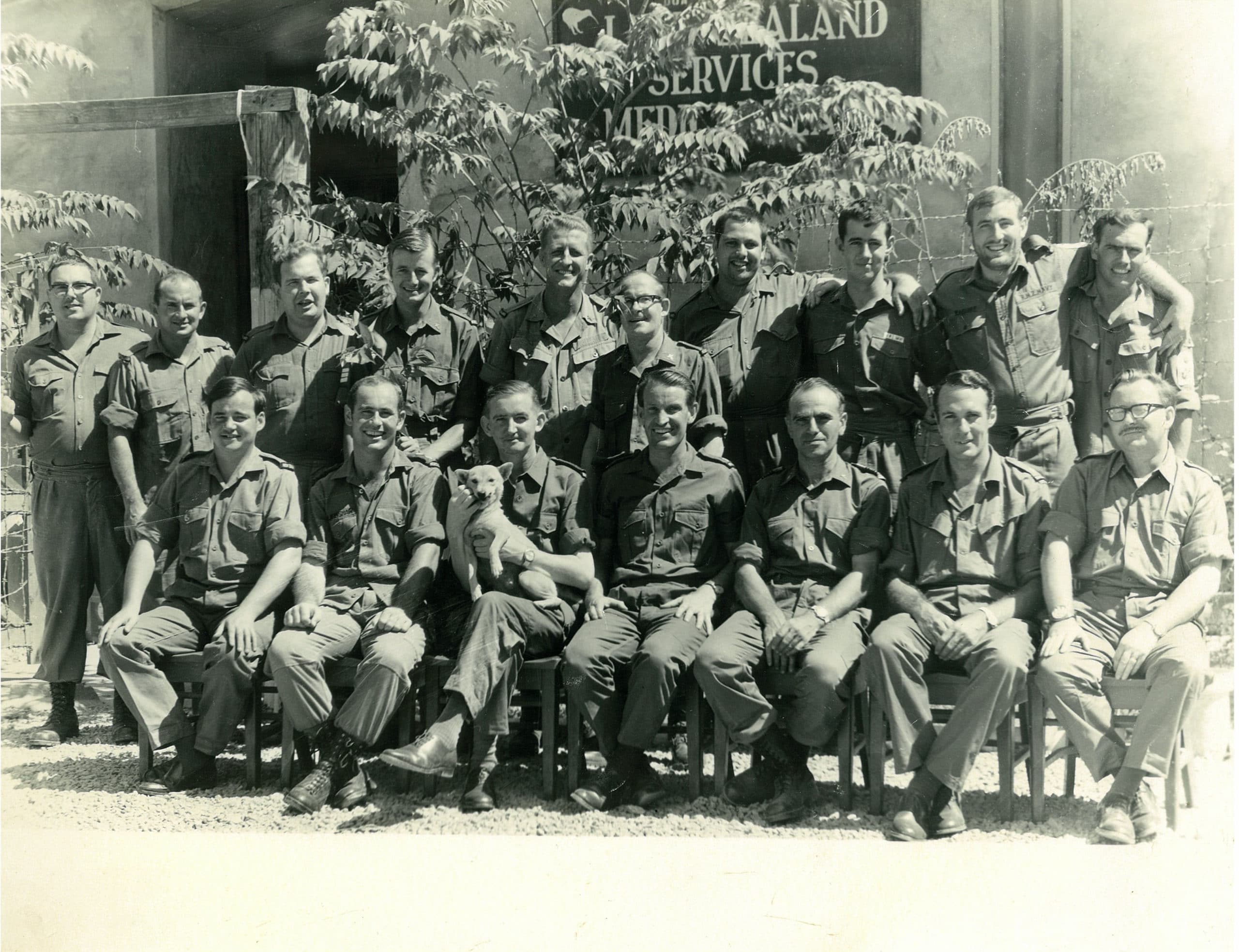

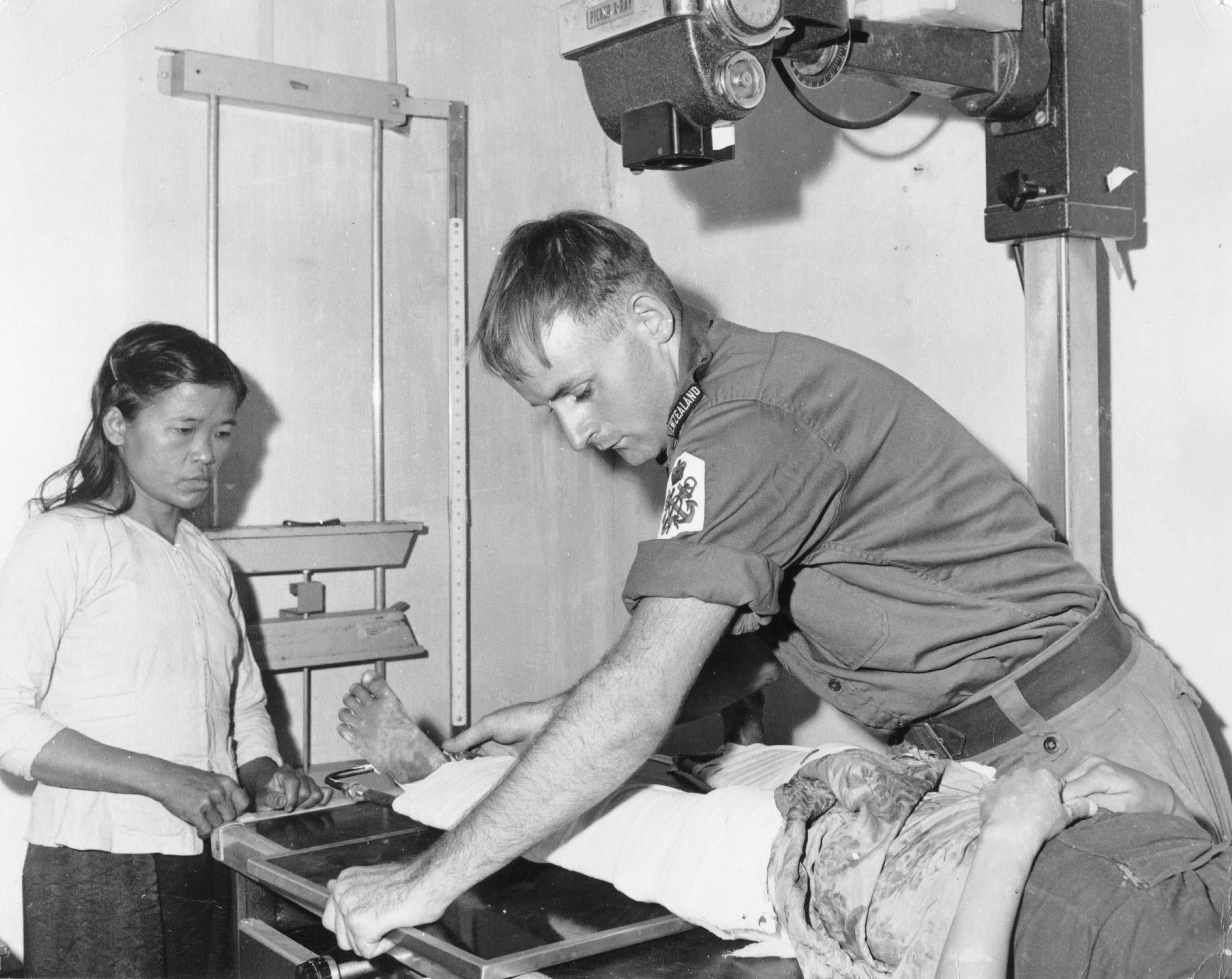


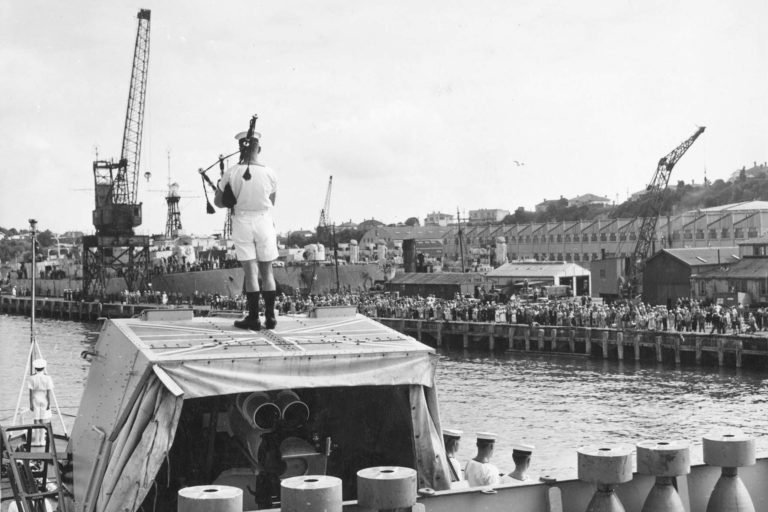
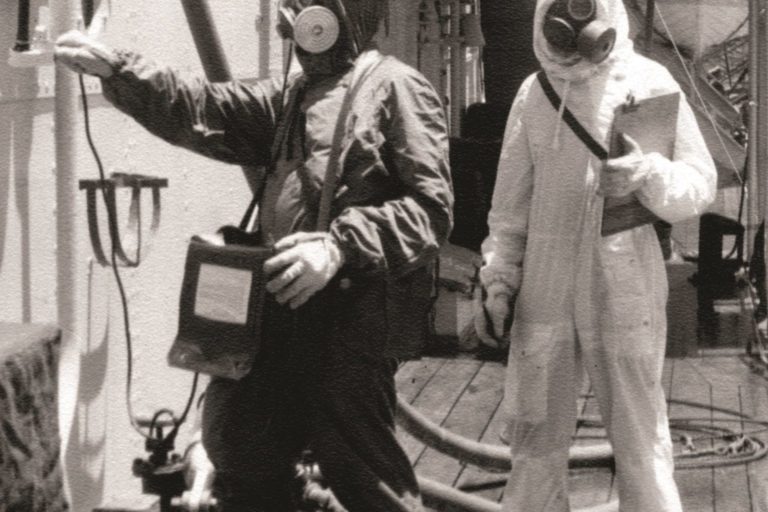
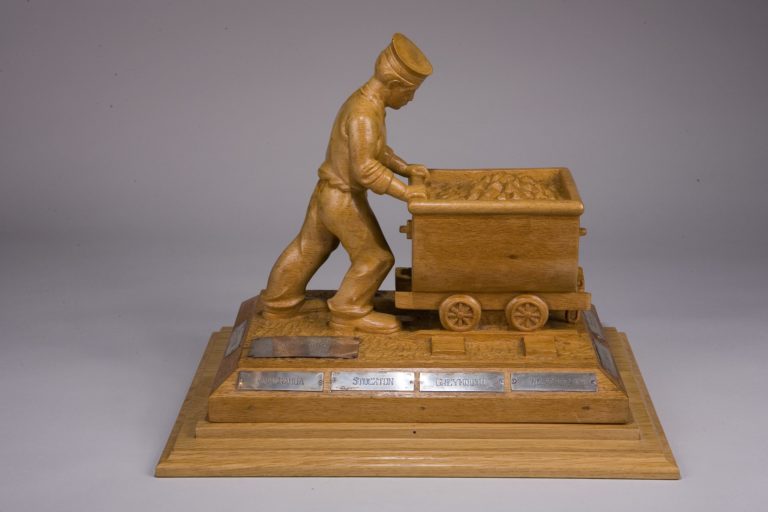
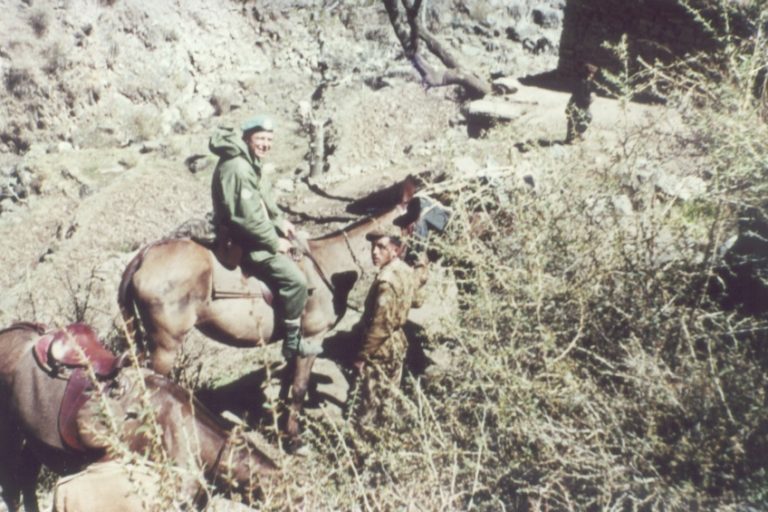
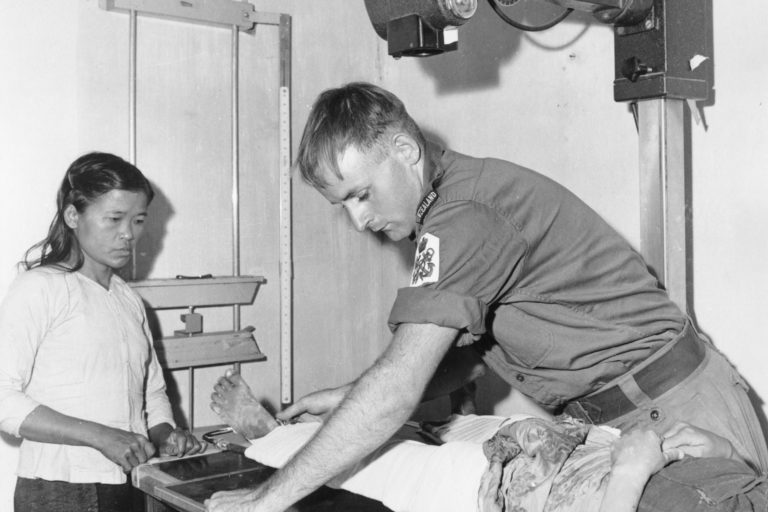

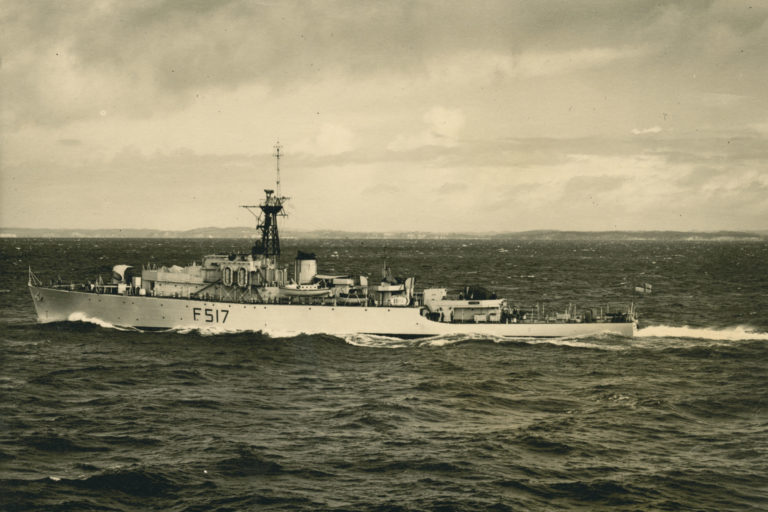

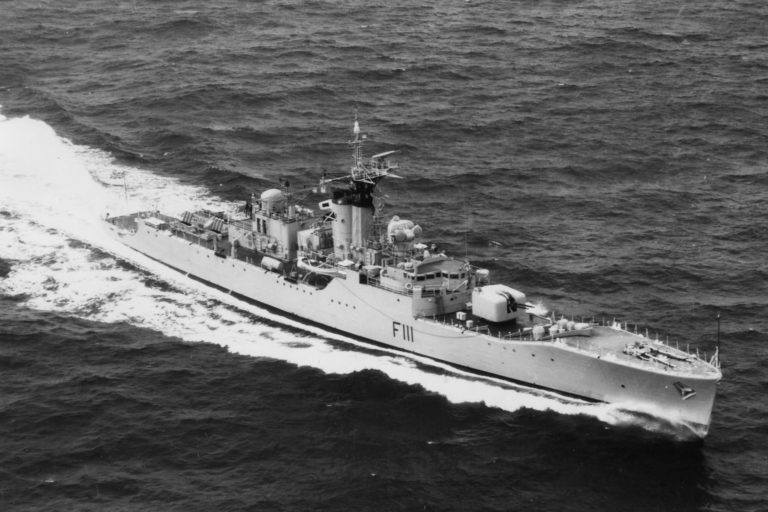


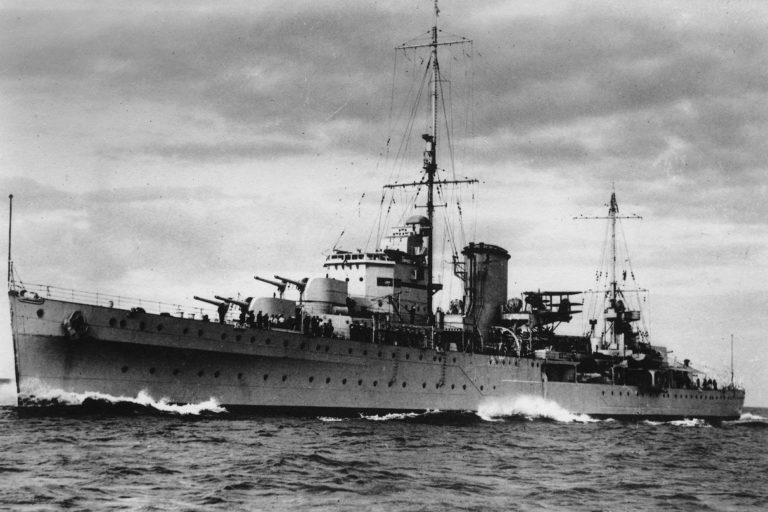
![Amokura Training Ship Amokura [formerly HMS Sparrow]](https://navymuseum.co.nz/wp-content/uploads/amokura.jpg)
